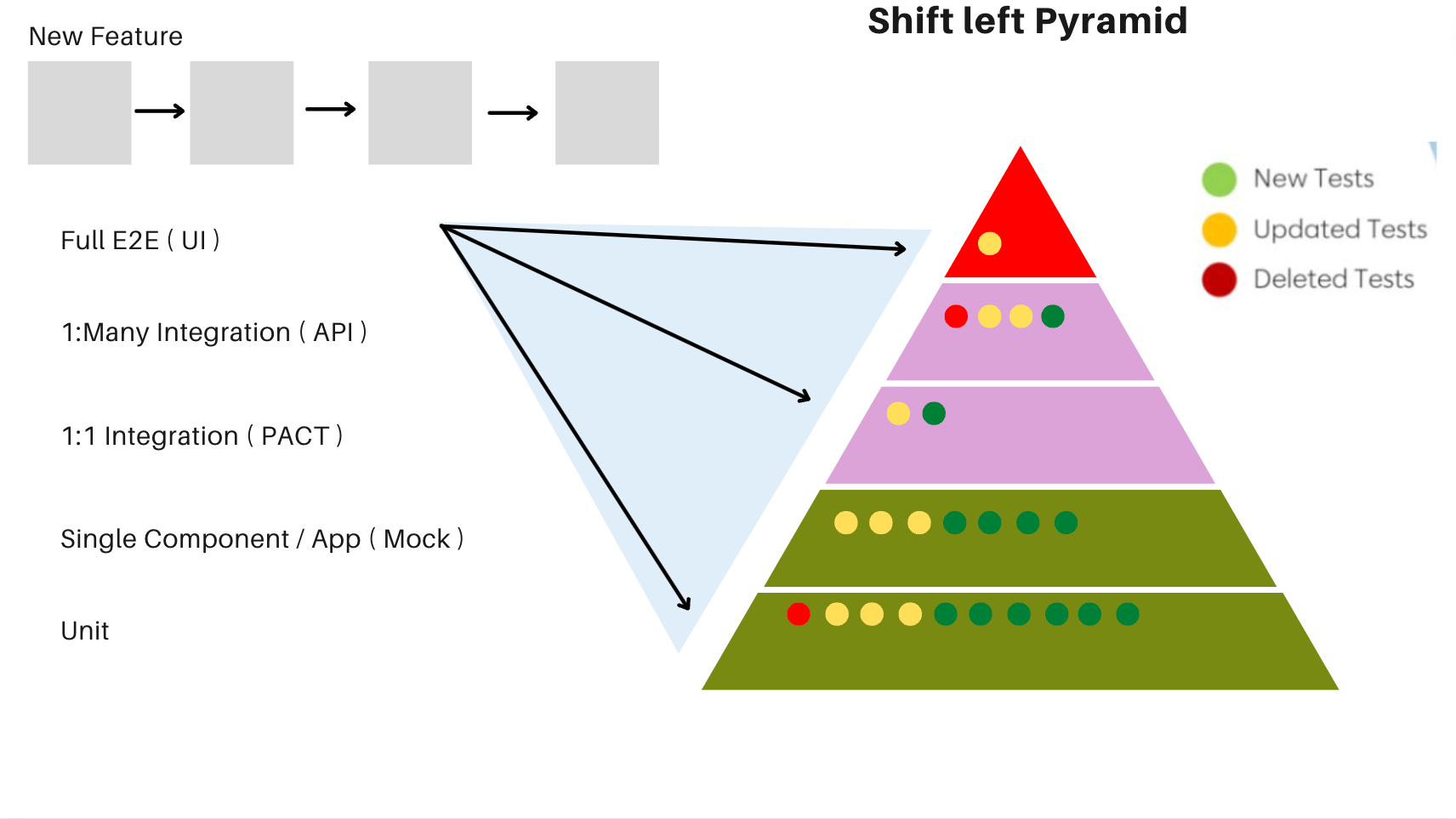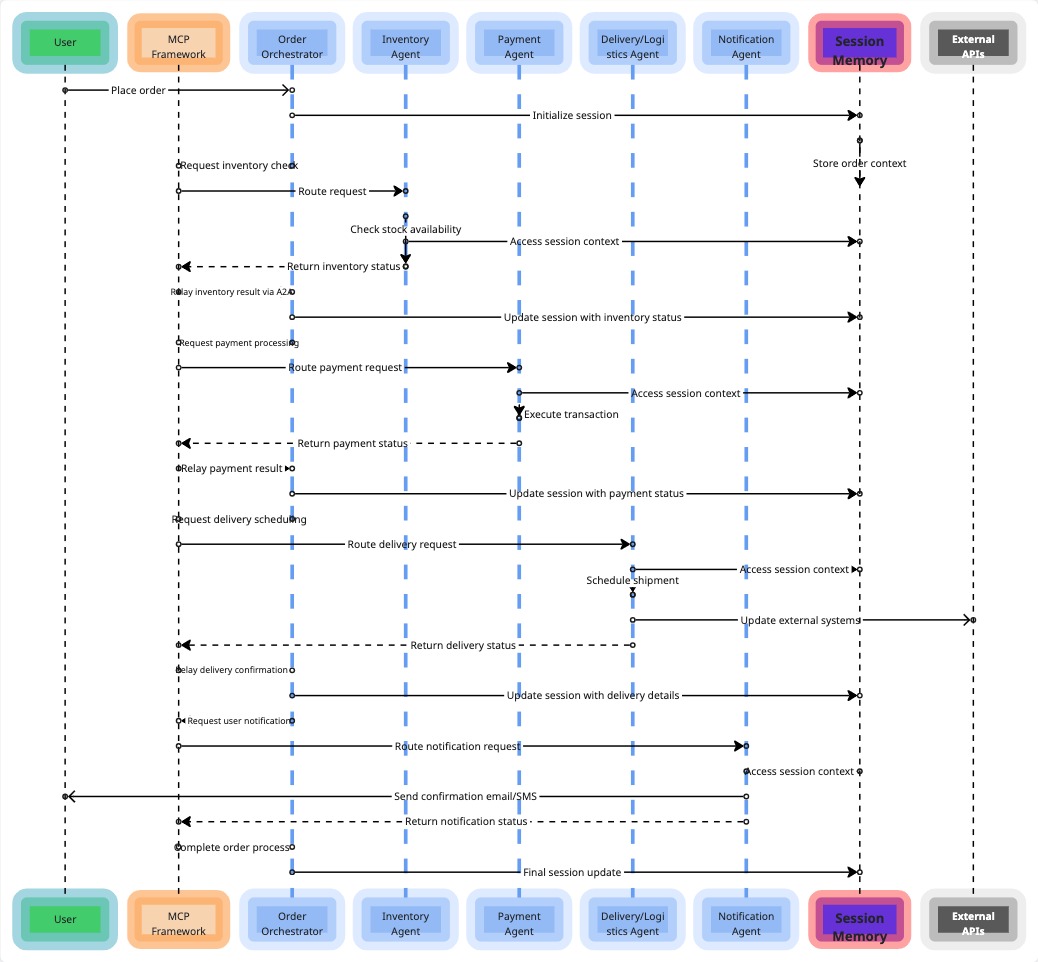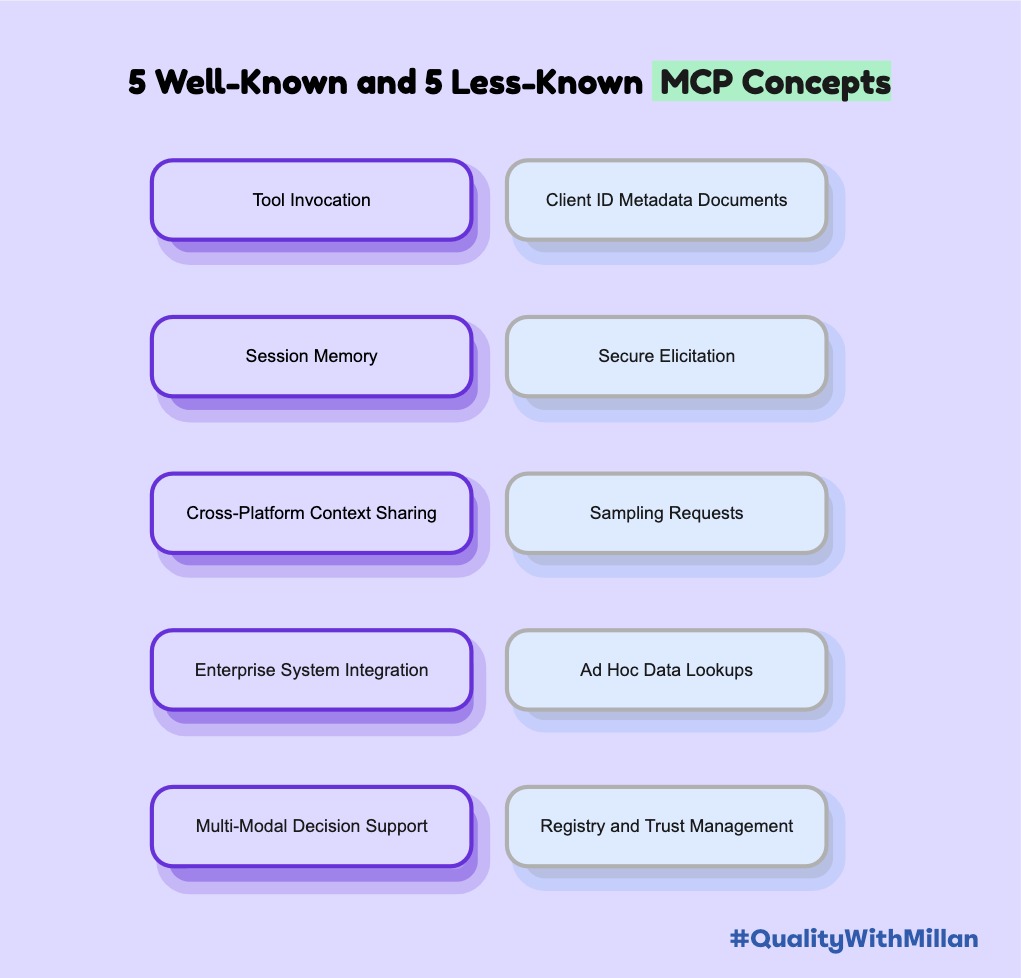Two Timeless Concepts
Written by - Alejandro Sanchez Giraldo and ChatGPT
Two Timeless Concepts
The Testing Pyramid is a well-known concept in software testing that advocates for a balanced approach to testing, with a strong emphasis on unit tests at the base of the pyramid, followed by integration tests in the middle, and end-to-end tests at the top. The pyramid shape represents the ideal proportion of tests at each level, with more unit tests than integration tests, and more integration tests than end-to-end tests.
| Egyptian Pyramid | Test Pyramid |
|---|---|
 |
 |
But did you know that the Testing Pyramid has something in common with the Egypt Pyramids? Yes, that’s right – the ancient monuments in Egypt and the modern concept of testing both share a timeless quality that makes them stand the test of time.
Let’s take a closer look at what the two pyramids have in common:
Endurance and longevity
The Egypt Pyramids are over 4,500 years old and are still standing today, despite the harsh desert environment and centuries of human activity. The Testing Pyramid, while not as old, has also endured the test of time in the ever-evolving world of software development. Both concepts have stood strong and continue to be relevant today.
A solid foundation
The Egypt Pyramids were built on a solid foundation of large stones and blocks, with the weight distributed evenly to ensure stability. Similarly, the Testing Pyramid emphasizes the importance of a solid foundation of unit tests that provide a stable and reliable base for testing. Without a solid foundation of unit tests, the higher-level tests may be unstable and prone to failure.
Balance and proportion
The Egypt Pyramids were carefully designed to have a balanced shape and proportion, with a wide base and a gradual tapering toward the top. This design ensured stability and durability. The Testing Pyramid similarly emphasizes the importance of a balanced approach to testing, with more unit tests than integration tests, and more integration tests than end-to-end tests. This approach provides a stable and reliable testing strategy.
Iterative development
The construction of the Egypt Pyramids was an iterative process, with each layer of stone carefully placed on top of the previous layer. This allowed the builders to make adjustments and ensure the stability of the structure as it was being built. Similarly, the Testing Pyramid encourages an iterative approach to testing, with tests being added and adjusted as the software is developed and changes over time.
In conclusion, the Testing Pyramid and the Egypt Pyramids may seem like vastly different concepts, but they share a common quality that makes them both stand the test of time. They both emphasize the importance of a solid foundation, a balanced approach, and an iterative development process. By taking inspiration from these timeless concepts, we can build more stable, reliable, and enduring software that can stand the test of time.
This article was written in collaboration with ChatGPT




